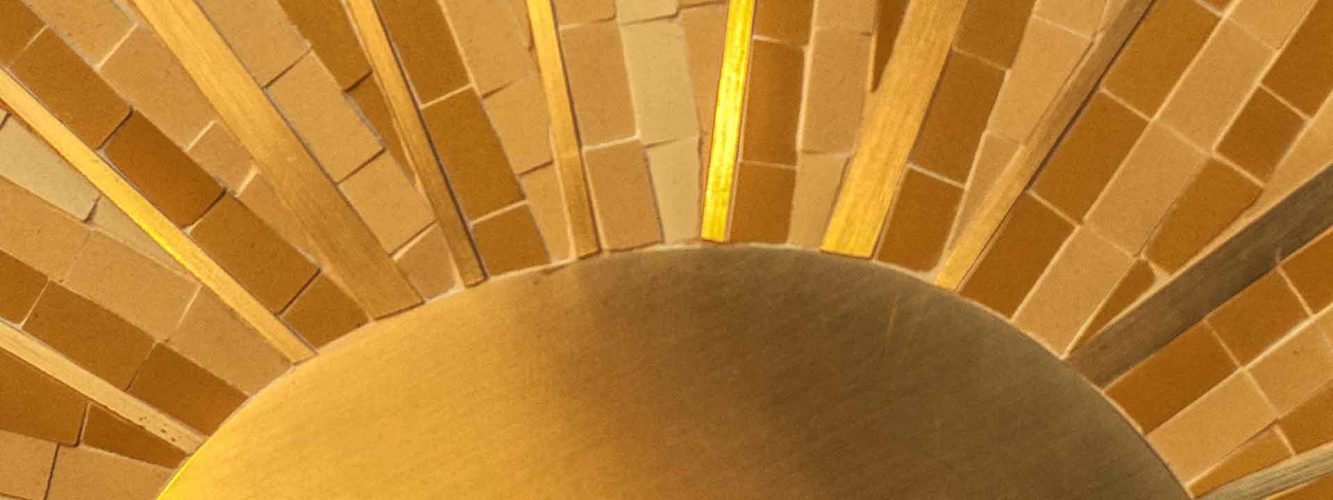
SAVOIR OF
MOSAIC
A short story of the mosaic
The mosaic appeared during Antiquity in Greece during the 8th Century B. -C with an archaic technique which consisted in posing pieces of stones next to another without any work of cutting beforehand. The Greeks were attached to the utilitarian aspect of the mosaic more than the aesthetic aspect. So, the aim of mosaic was to protect the walls of houses or humid places such as thermae.
Rapidly, they realized the aesthetic capacity of the mosaic. So, they started to create with this savoir-faire different type of scenes (hunting, daily life, or animal), in order to decorate walls’ houses.
The Romans took possession of this know-how and developed the techniques, the materials, and the devices of creation. The stones are not posed but cut and worked in a cubic manner for a decorative goal. From then, the mosaic has been living (Byzantine Empire, The Middle Ages, the Renaissance, Arts Nouveau etc.) and has been used by the contemporary artistic scene. This technique is one of the oldest still used today.
The realisation of the mosaic
This know-how is an association of coloured stones, glasses, gold, or enamels pieces. They are stuck together with an adhesive or filled in with a cement. It gives birth to an abstract or a figurative representation. The result is a decorative fresco for walls or floors.
Today, this meticulous know-how asks a great vision of space. The specialists of mosaic work with interior designers or architects. They don’t hesitate to make their techniques grow by using other materials as the wood, leather or gemstone. However, they don’t forget the history, the old techniques, and their historical knowledge, essential to do their special trade. This is how Mathilde Jonquière is working in her workshop.

